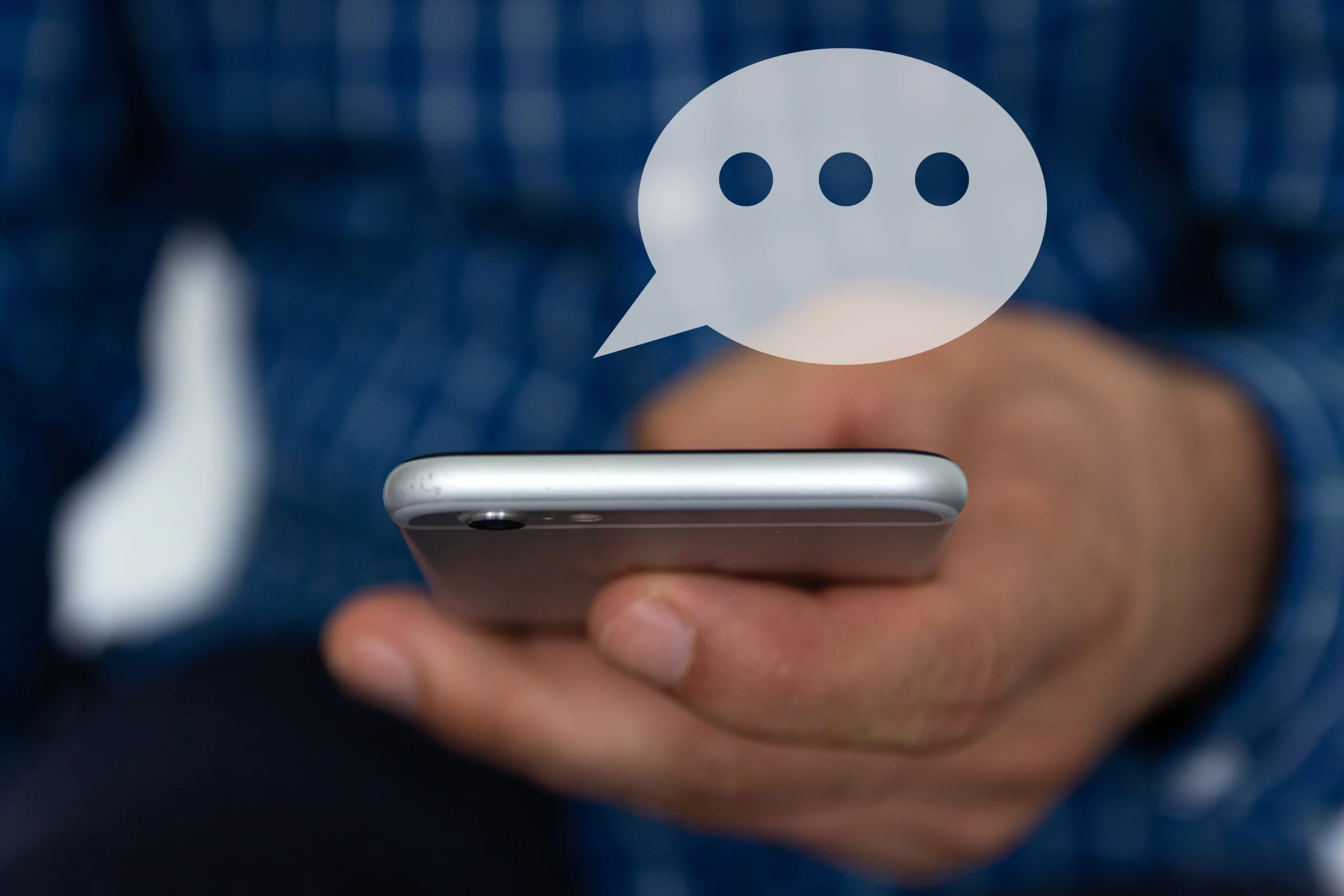As technology has changed the way we communicate, many people have come to view phone calls as intrusive and stressful. Emails are becoming similarly unpopular due to sheer user burnout that can make digging through the average inbox feel like a chore.
Texting, on the other hand, is emerging as the preferred method of communication for many modern consumers. Your business needs to adapt to this changing communications landscape by connecting with current and potential customers on their terms, which means getting on board with real-time messaging.
The Appeal of Text-Based Communication
To understand why texting is an important part of today’s most successful marketing campaigns, it can be useful to consider why modern customers are more likely to prefer text-based communication. Texting is an appealing way to communicate for many people because:
- It’s more private – Anyone can overhear a phone call, but a text message is a more private form of communication. Especially in some business contexts, it’s much easier for people to tap out a quick text than it is to find a private conference room or step outside to make a phone call.
- It’s less time-consuming – A text message is less demanding than a phone call because the recipient can choose to respond when it’s convenient for them. When people receive texts, they have more time to think before they respond and are less likely to feel rushed or pressured.
- It’s easier to multitask – Being on the phone makes it difficult to pay attention to anything else, so it can feel daunting for some to set time aside and prepare for a phone call. With texting, your customers have more freedom to respond when they can and continue with their hectic schedules without missing a beat.
Text Messaging Statistics
Recent statistics from business texting and conversion studies show why B2C texting is the future of business marketing and communication:
- Text messages have an open rate of roughly 98 percent, as compared to an average email open rate of around 20 percent at the higher end. This means more of your potential customers will actually see the carefully crafted messages you send via text rather than email.
- The average text recipient responds to a text message within 90 seconds, whereas the average email response time is closer to 90 minutes. People are more likely to respond to your text campaigns quickly, when their minds are still focused on the reason they contacted you in the first place.
- The average conversion rate for text campaigns is 32 percent, and conversion rates increase when companies text prospective customers after initial contact. Texting your leads will grab their attention, and the more often they receive valuable content from you via text, the more likely they are to become customers.
- 78 percent of consumers say they would like to use text messaging to communicate with businesses, and 17 percent say they’re even willing to pay more for products and services from businesses with text support.

What Customers Expect From Text Messaging
There’s no doubt most of your customers will prefer communicating with you by text, but there’s definitely a wrong way to do text messaging. People expect a different type of communication over text than they do via phone or email, so pay attention to the following considerations the next time you design a text campaign:
- Make sure your messages sound human – People like texting because they want to communicate with other humans, not robots. Avoid turning them off with spammy or redundant messages, and keep your writing brief and pleasant. In short, talk to them like you would talk to anyone you actually know via text.
- Keep your tone light and friendly – There’s no need for the type of formal or stuffy language you might see in an email. Customers expect natural communication that feels professional but approachable over text. Don’t be afraid to use the occasional emoji or keep your punctuation more casual.
- Avoid text speak and abbreviations – As cell phones have evolved, people have gotten used to typing out full words and sentences on larger and more functional keyboards. Most people don’t use clunky abbreviations to get their points across anymore, and you should avoid doing so in professional texts.
- Less is more when it comes to text signatures – It’s a good idea to use a professional signature the first time you text a current or potential client so they know who you are. However, you need to make sure your signature is minimal. Avoid listing out your address and contact details as you would in an email signature, and don’t include your signature at the end of every text you send.
How Client Chat Live’s Text-to-Chat Tool Works
Client Chat Live’s Text-to-Chat tool can give your current customers the personal attention they want and create more opportunities for your team to connect with valuable leads. When you use Text-to-Chat:
- The texting app on a potential client’s phone will open automatically when they click the “Text Us” button on your law firm’s website.
- Text messages from potential clients are sent directly to Client Chat Live, where our software will connect the sender to one of our chat specialists.
- Our chat team records contact details and basic case information from the potential client, just as they would in a live chat scenario.
- Your firm immediately receives an email or text to notify you of the lead so you can follow up as soon as possible and convert new clients.
Contact Client Chat Live Today
To learn more about how Text to Chat can improve your law firm’s website, call (808) 495-0231, email us at intake@clientchatlive.com, or contact us online. We offer free quotes, and if you’re already a Client Chat Live customer, you can add our Text to Chat service at no additional fee.







